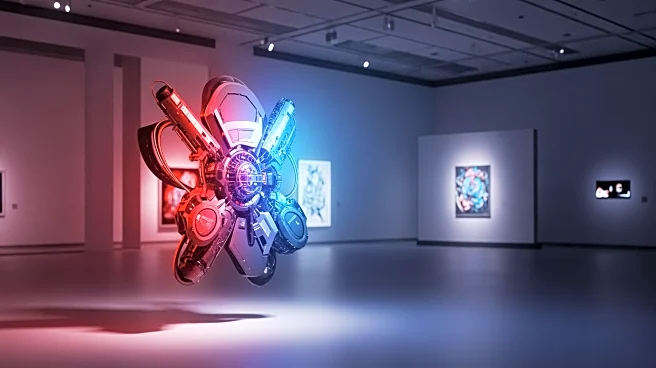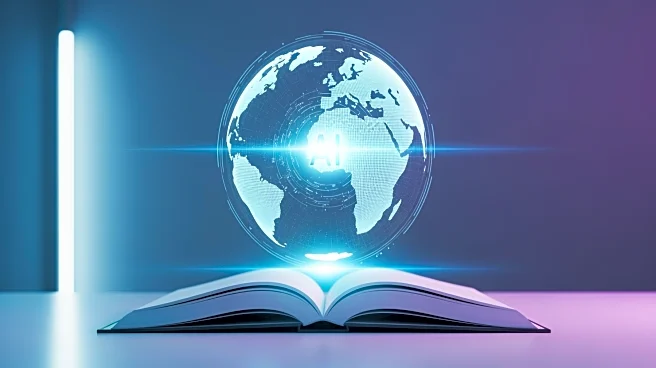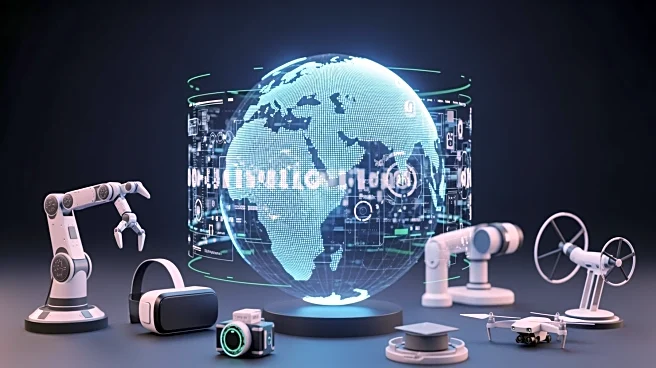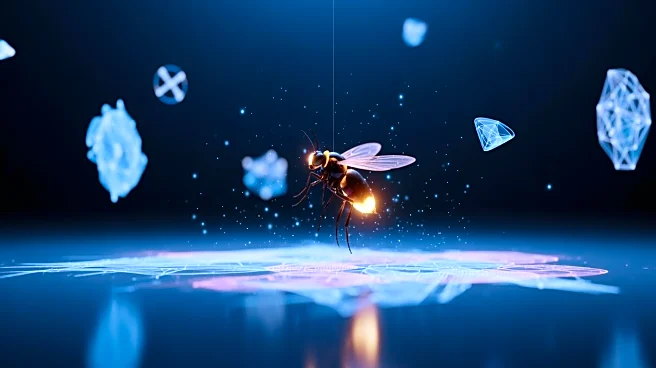What's Happening?
Elias Marrow, an artist known for unsanctioned museum interventions, covertly installed an A.I.-generated print at the National Museum of Wales in Cardiff. The artwork, depicting a schoolboy with an empty
plate, was displayed for several hours before museum staff discovered and removed it. Marrow's guerrilla artwork was identified as 'Empty Plate' and included a label listing it as a digital print on paper, on loan from the artist. The piece was intended to represent the state of Wales in 2025, highlighting themes of poverty and education.
Why It's Important?
Marrow's actions challenge traditional notions of art curation and museum authority, raising questions about the role of A.I. in contemporary art. The installation highlights the growing influence of technology in art creation and the potential for A.I. to disrupt established art practices. By addressing themes of poverty and education, the artwork also draws attention to social issues in Wales, where a significant portion of children live in poverty. Marrow's intervention underscores the power of art to provoke discussion and challenge societal norms.
What's Next?
The incident may prompt museums to reassess their security and curation practices, particularly in relation to A.I.-generated art. It could lead to increased scrutiny of unsanctioned art installations and discussions about the legitimacy and value of A.I. art. Marrow's actions may inspire other artists to explore unconventional methods of art presentation, potentially leading to new forms of artistic expression and engagement. The museum's response to the incident may influence future policies on art curation and security.
Beyond the Headlines
Marrow's intervention raises ethical questions about authorship and the role of technology in art creation. It challenges traditional notions of art ownership and the authority of museums in determining what constitutes legitimate art. The use of A.I. in art creation reflects broader cultural shifts towards technology-driven innovation and the democratization of art. The incident may influence discussions on the ethical implications of A.I. in art and the responsibilities of artists and institutions in navigating these changes.











